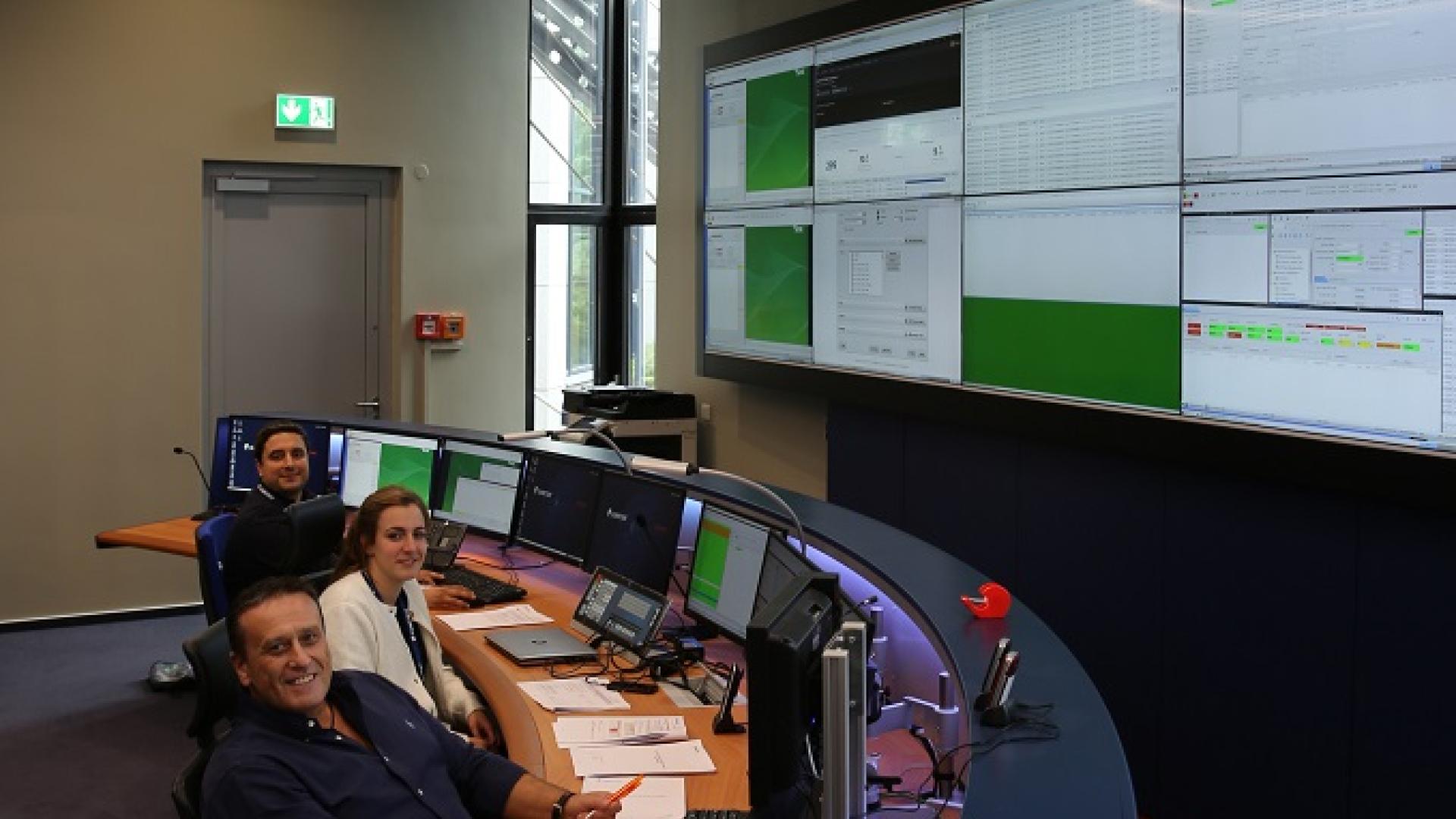
Preparing to operate Copernicus Sentinel-6


Nothing beats the excitement of preparing for a satellite launch for workers at Europe’s meteorological satellite agency, EUMETSAT.
03 October 2020
07 September 2020
The construction of a new mission control centre at the same time has created its own excitement - and challenges.
But adding the need to keep preparations for both on track during a global pandemic takes the excitement and challenges to a whole new level.

The mission
Copernicus Sentinel-6 is a joint European-US ocean-monitoring satellite mission which will provide information crucial for weather forecasting accuracy and climate change monitoring.
The first of the mission’s two satellites, Sentinel-6 “Michael Freilich”*, is scheduled for launch on 10 November from Vandenberg Air Force Base in California.
EUMETSAT will operate the Copernicus Sentinel-6 satellites from its headquarters in Darmstadt, Germany, where it will also receive, process and disseminate the satellites’ altimetry data.
The Covid complication
After Sentinel-6 “Michael Freilich” is launched and EUMETSAT takes on its operations, six controllers working on shifts and two analysts will have hands-on responsibility for commanding the satellite and ensuring its data are received.
This is a round-the-clock, 365-days-a-year responsibility.
EUMETSAT has taken extraordinary measures to enable it to continue uninterrupted delivery of critical data from its fleet of 10 meteorological satellites to the meteorological services in its Member States.
One of these measures was to split operational personnel into two teams whose members do not interact. The aim is to ensure there is no opportunity to spread coronavirus between teams, if a member of one group should contract it, so that there are always personnel available to operate the spacecraft.
As some of the Sentinel-6 controllers and analysts were recruited after the measures were put in place, the preparation environment has been unusual.
“The controllers and analysts are split into team A and team B and some of them haven’t actually met in person yet,” EUMETSAT Training Engineer Paul Thompson said.
Thompson said the controllers have been undergoing a heavy programme of training, making use of Webex. For example, they recently undertook remote training involving in-depth presentations on each of the satellite’s instruments.
The controllers are currently undertaking rehearsals for routine operations of Sentinel-6, involving end-to-end testing of systems and procedures dealing with satellite commands and how the instrument data are received into the ground system.
“I’ve been training teams for 16 years now and never had a situation as complicated as this one, but it’s all working out well, despite Covid,” Thompson said.
New environment
Under the mission’s international partnership arrangements, NASA is responsible for the launch of Sentinel-6 “Michael Freilich”, for which it has contracted SpaceX. ESA will operate the satellite for the first few days, during which the spacecraft is made ready for operations.
When EUMETSAT then takes on routine operations of Copernicus Sentinel-6, it will do so from a new, state-of-the-art mission control centre.
EUMETSAT has two separate control rooms, the Low Earth Orbit (LEO) Mission Control Centre and the Geostationary (GEO) Mission Control Centre.
The LEO control centre upgrade is part of a wider upgrading of EUMETSAT’s ground segment, as the organisation prepares for the deployment of its next generation geostationary and low Earth orbiting satellites and to operate more Sentinel satellites on behalf of the European Commission.
The GEO Mission Control Centre already has undergone its upgrade and won a prestigious award for systems integration.
Work on the LEO Mission Control Centre was slightly delayed due to the lockdown in Germany in response to the coronavirus pandemic but now is back on track for completion later this year.
The control room incorporates the latest technology to provide a more flexible, energy-efficient and secure workplace that is also more dynamic and productive for spacecraft and ground segment controllers.
- The first Sentinel-6 spacecraft was named after Michael Freilich, the late former Director of Nasa’s Earth Science Division. NASA, together with the US National Oceanic and Atmospheric Administration, EUMESAT, the European Space Agency and the European Commission, are partners in the Copernicus Sentinel-6 mission.
EUMETSAT Training Engineer Paul Thompson (front) with Ersin Ceylan and Jana Kleinjung in the Sentinel-6 section of the organisation’s new Low Earth Orbit Mission Control Centre
